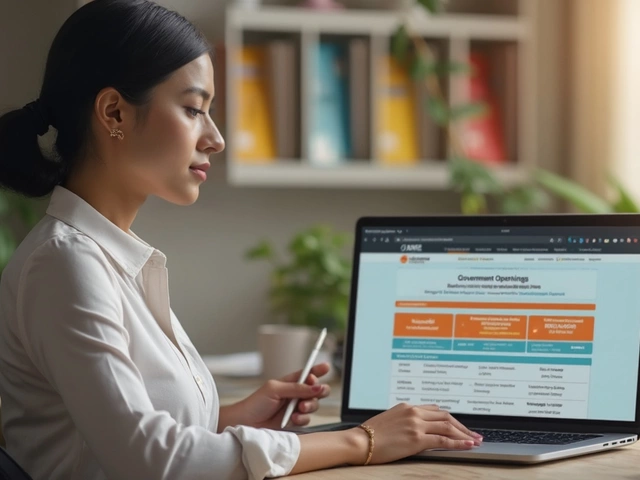Blended Learning: Combining Online and Face-to-Face Teaching
When working with blended learning, a teaching approach that mixes digital instruction with traditional classroom interaction. Also known as hybrid learning, it lets educators blend the best of both worlds. Blended learning builds on e‑learning, the delivery of course material via the internet and relies on a learning management system, software that organizes, tracks, and delivers educational content to keep students on track. The approach also hinges on student engagement, the level of interest and participation learners show during instruction, because mixing modes can either boost motivation or create confusion if not designed well.
One key semantic link is that blended learning encompasses hybrid classroom models, which means teachers can schedule a portion of the class online and the rest in a physical room. Another connection is that blended learning requires an LMS, because the platform houses video lectures, quizzes, and discussion boards that students need to access anytime. Finally, student engagement influences blended learning outcomes; higher participation in both online and face‑to‑face activities leads to better retention and grades. These triples illustrate why the three entities—e‑learning, LMS, and engagement—are inseparable when planning a blended program.
Key Components of Blended Learning
First, the digital slice. Teachers pick a set of online resources—recorded lessons, interactive simulations, or reading modules—that students can review at their own pace. This part often lives inside an LMS like Google Classroom, Moodle, or Canvas, which also tracks completion rates. Second, the in‑person slice. Classroom time is reserved for activities that benefit from real‑time interaction: group projects, labs, debates, or immediate feedback sessions. By alternating these slices, educators create a rhythm that respects both autonomy and community.
Designing that rhythm requires clear learning objectives. Ask yourself: which concepts need hands‑on practice? Which can be mastered through video demonstration? For example, a chemistry course might deliver theory via e‑learning videos, then use lab sessions for experiments. A language class could assign listening drills online while reserving classroom time for conversation practice. Aligning objectives with delivery mode ensures students don’t waste time on redundant activities.
Assessment also shifts in blended environments. Formative quizzes embedded in the LMS give instant data on student understanding, allowing instructors to adjust upcoming face‑to‑face sessions on the fly. Summative exams can combine online components (open‑book sections) with in‑room tasks (oral presentations). This integrated assessment model not only measures knowledge but also encourages continuous engagement.
Implementing blended learning isn’t a one‑size‑fits‑all venture. Institutions need reliable broadband, device accessibility, and faculty training on instructional design. When those foundations are in place, the result is a flexible, data‑rich learning experience that adapts to each student’s pace while preserving the social benefits of classroom interaction. Below you’ll find articles that dive deeper into specific aspects—ranging from how to choose the right LMS to tips for boosting student engagement in hybrid settings—so you can start shaping your own blended learning strategy today.
The Three Essential Types of eLearning Explained for Modern Learners
0 Comments
Uncover the three main types of eLearning, get smart tips on making them work for you, and see which style fits your goals. All in an easy, simple read.
Read More




